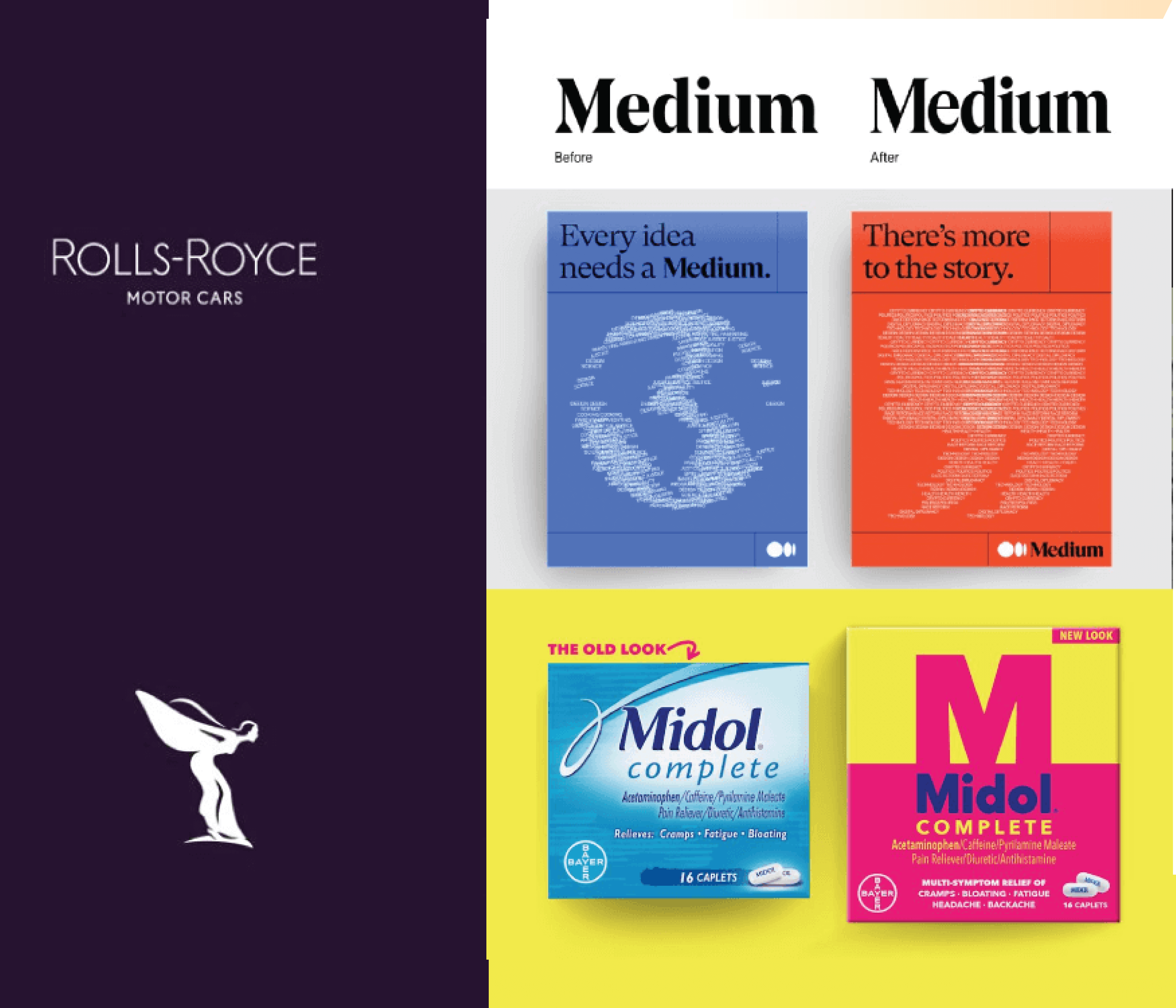An annual report is mandatory for many companies. It’s not the sexiest piece of content you’ll create, and it can feel like a chore to assemble, but it’s still an important channel to communicate key things about your brand. And, unlike your regular content marketing, it gives you the rare opportunity to talk about yourself. But the truth is not all annual reports are created equal.
We’ve all seen those relic reports from the ’90s, with their stock templates, generic letters from the President, and walls and walls of text. The problem is we’re still seeing them today. Are these reports interesting to look at? No. Do they showcase a brand’s personality? No. Do they make you feel invested in the brand or the work it does? No.
Why? Because they state facts; they don’t tell a story.

Why Storytelling Enhances Your Annual Report
A lot of different people may view your annual report—stakeholders, shareholders, employees, potential employees, industry colleagues, and the general public. While each group may view your report for different reasons, they’re all giving you the same attention. Your job is to make the most of that attention by creating a report that peels back the curtain, brings them into your brand, and makes them excited about what you’re doing.
Strong storytelling is the secret to doing that. By using the storytelling tools at your disposal (copy, typography, color, illustration, photography, interactivity, and even video), you can bring your brand to life, emotionally connect with the viewer, and build a community of people who care about your brand—one page at a time.
Think that’s an overstatement? Think again. Here are five powerful ways storytelling changes the way people experience your annual report—and how they feel about you after they do.
1) It builds trust in your business practices.
Disclosing financials is a key part of your annual report (meant to assuage the concerns of your shareholders and stakeholders), but you probably have a lot of other data that is relevant to people too.
By building a story grounded in data, you can show people the work you’re doing, where your money goes, and how that translates to real-life results. This level of transparency cultivates trust and confidence in your business, no matter who’s reading your report.
Example: The 2020 Feeding America report spotlights data around the number of meals the organization has provided, along with the people who have benefitted from their initiatives.
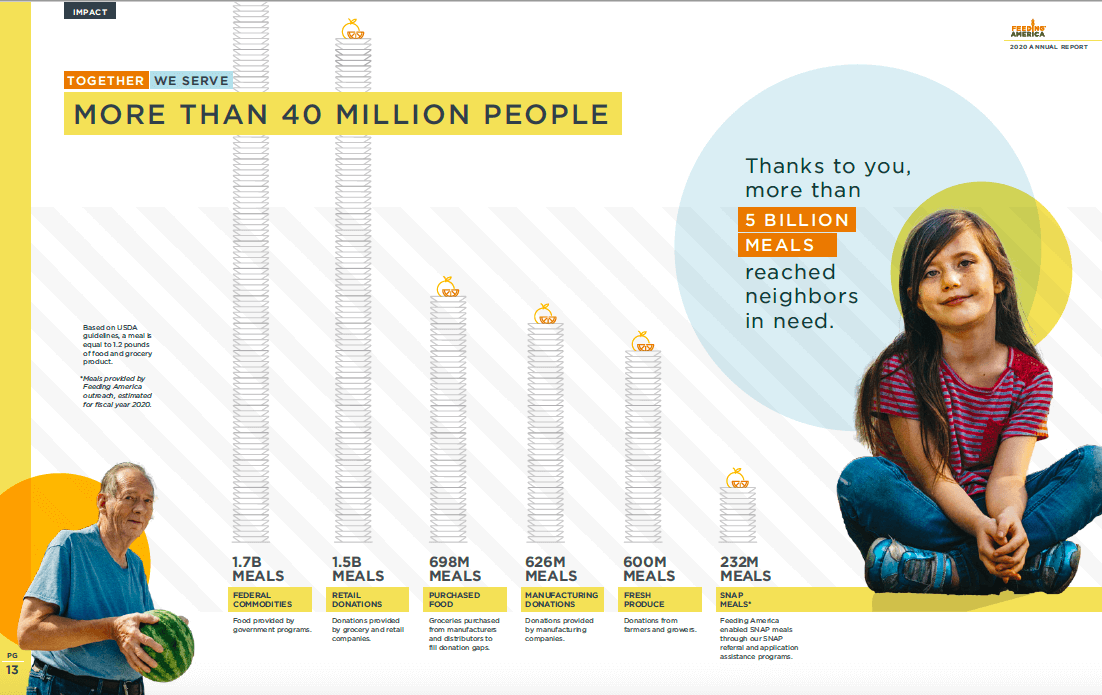
2) It rallies people around your shared values.
People want transparency, accountability, and integrity from the brands they support—and they’ll put their money where their mouth is. (According to the 2020 Edelman Trust Barometer report, 64% of consumers are belief-driven buyers.)
Thus, it’s crucial to be vocal about what your brand believes in, specifically your brand’s purpose, mission, vision, and values (aka Brand Heart). Your annual report is a great way to share that part of your brand story. By tying your work to your values, you can help people feel more connected and invested in your shared beliefs.
Example: The 2016 Girls Who Code Annual Report spotlights how girls are using the skills they learn through the organization to better the community around them.
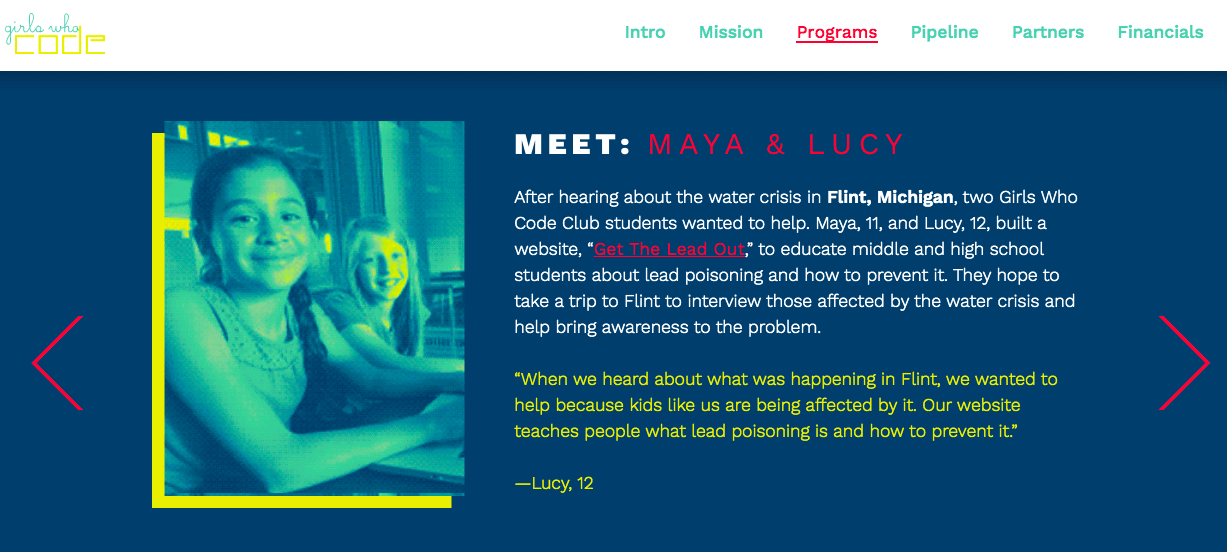
3) It lets you show off the people behind your brand.
No one wants to interact with a nebulous, faceless corporation. By telling stories about the real humans who work for you (or with you), you can celebrate the sweat, tears, and hard work that people put in.
This helps the people inside your company feel valued, and it helps the people reading your report feel more emotionally connected to the real people behind your brand.
Example: The 2020 Community Fund Annual Report includes video featurettes that put employees front and center, letting them share their work and the impact it’s making.
4) It makes your story stick.
Slogging through a boring report of dry data is no one’s idea of fun. But with a strong brand voice, compelling copy, exciting visuals, and a well-crafted narrative, you can make content more impactful and, ultimately, more memorable. (Fun fact: Data visualization alone has been proven to increase the appeal, comprehension, and retention of the information.)
Example: The super creative 2018 Oatly Sustainability report features data visualization, illustration, and personality-packed copy that makes it fun to read—and incredibly memorable.
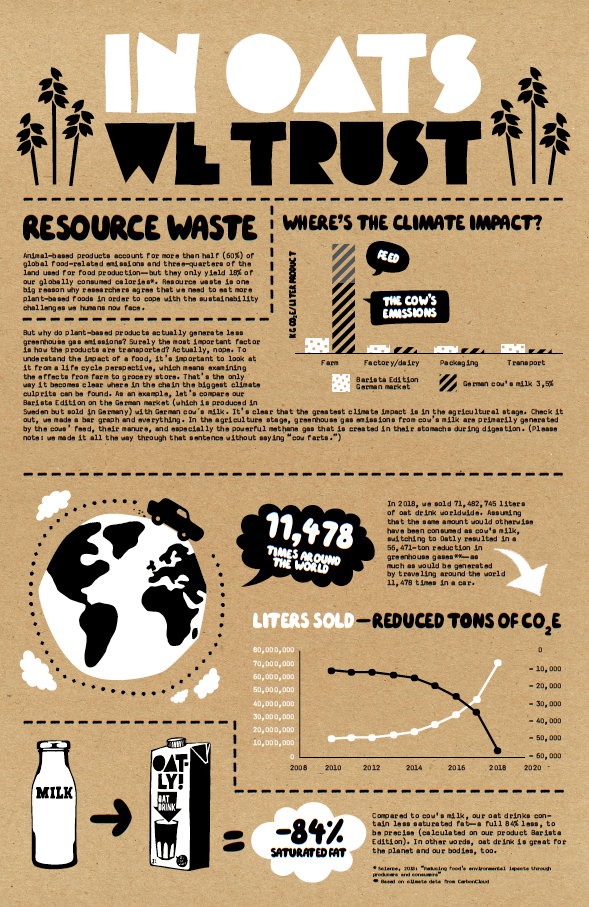
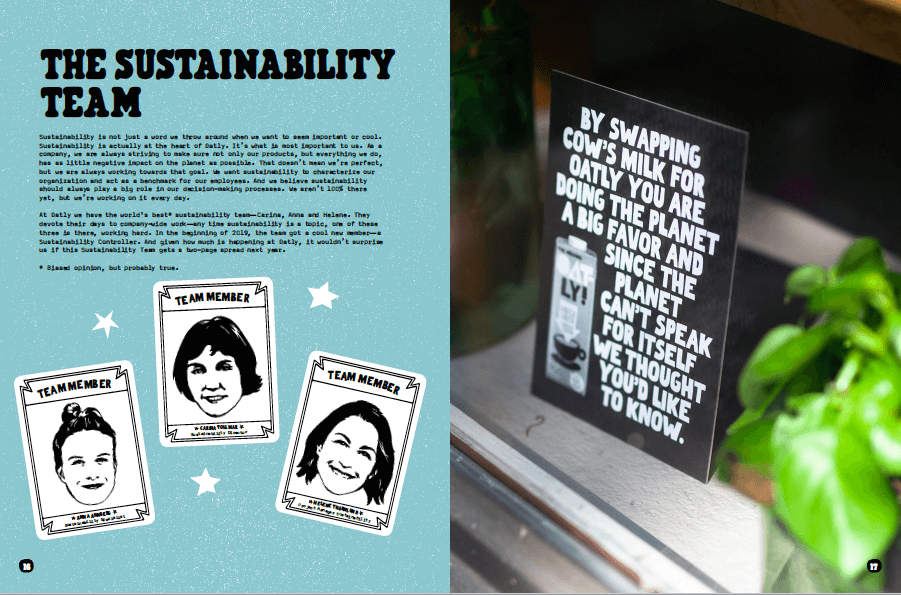
5) It gets people excited about your future.
An annual report is a summary of your year, one that lays the foundation for the next. Moving into that future with hope, enthusiasm, and a renewed commitment is essential to your future success. When you create a compelling annual report, you’re showing stakeholders that their investments are worthwhile, convincing the public to support you, and reminding your own team why their work is worthwhile.
Example: The interactive Roche 2020 Annual Report uses interactivity, video, copy, and bold visuals to educate viewers about the work they do, and communicate why their work is vital to a better future for all of us.
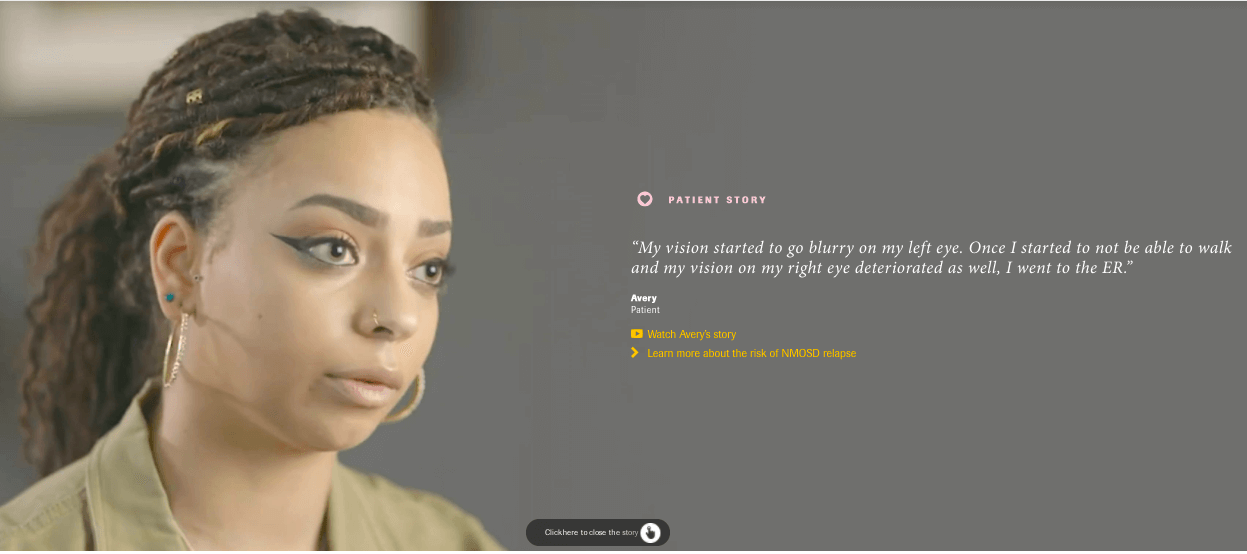
How to Tell a Good Story
When it comes to your annual report, lead with creativity. Even if you don’t have a ton of resources, you can still create a simple, powerful annual report that communicates who you are in an exciting way. If you’re not sure how to do that, here are a few ways to get started.
- Get inspired. Check out these 50 impressive annual reports to see how other brands have done it well.
- Learn about the keys to good storytelling. Follow these 7 steps to nail your story in your annual report.
- Get help if you need it. Follow our tips to find a content agency that can help you bring your annual report to life.
Of course, we’re always on standby. If you’re not sure how to tackle your annual report, let’s talk.



